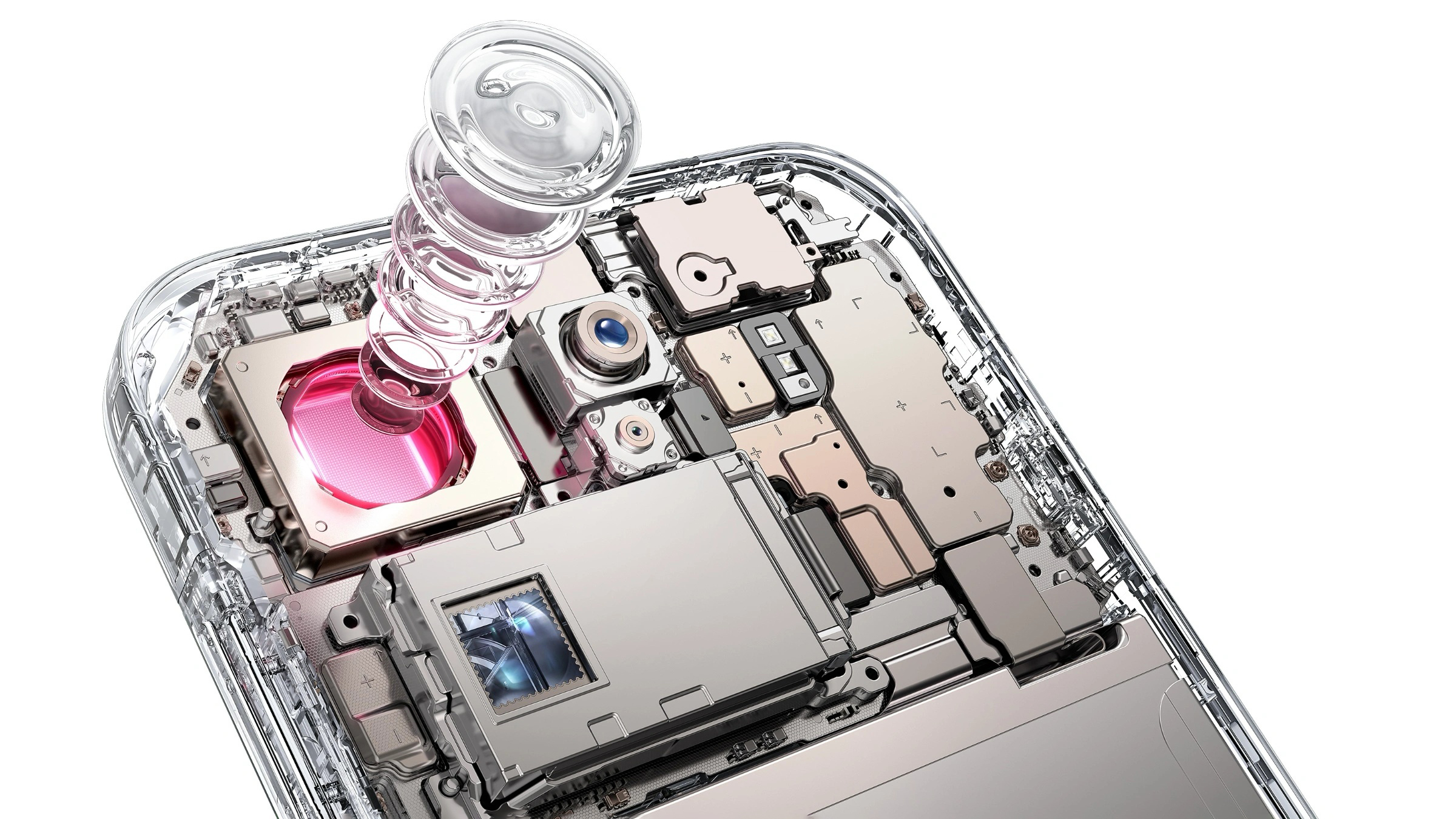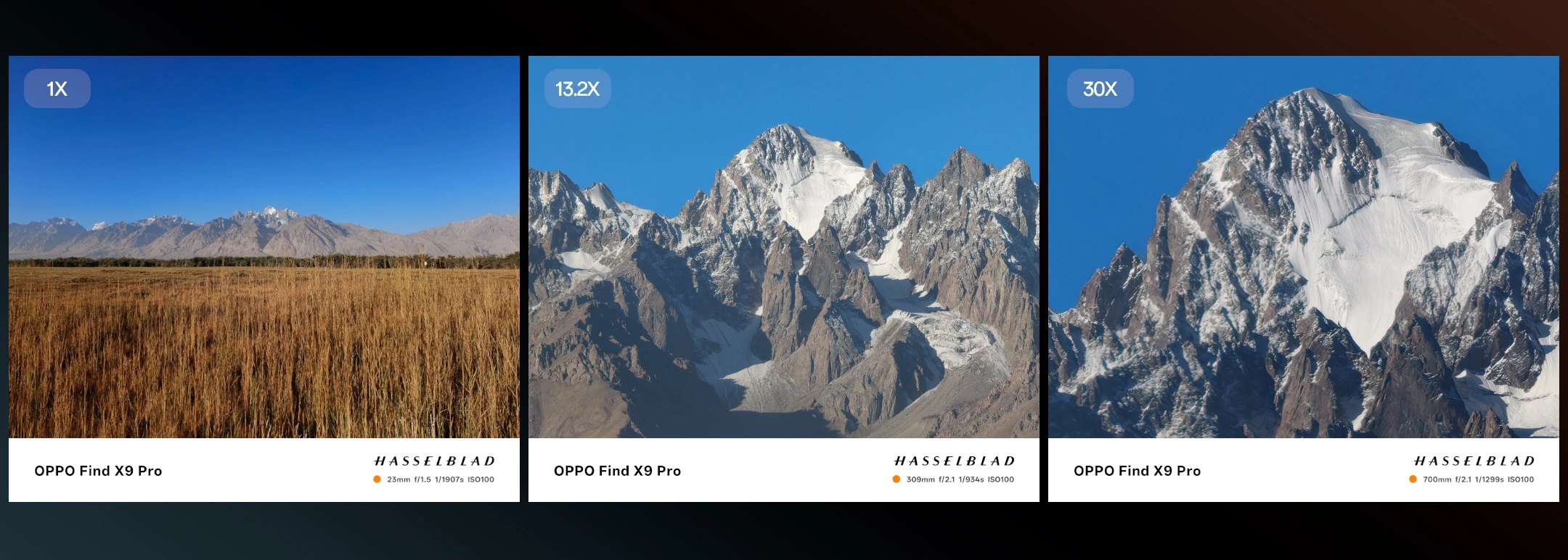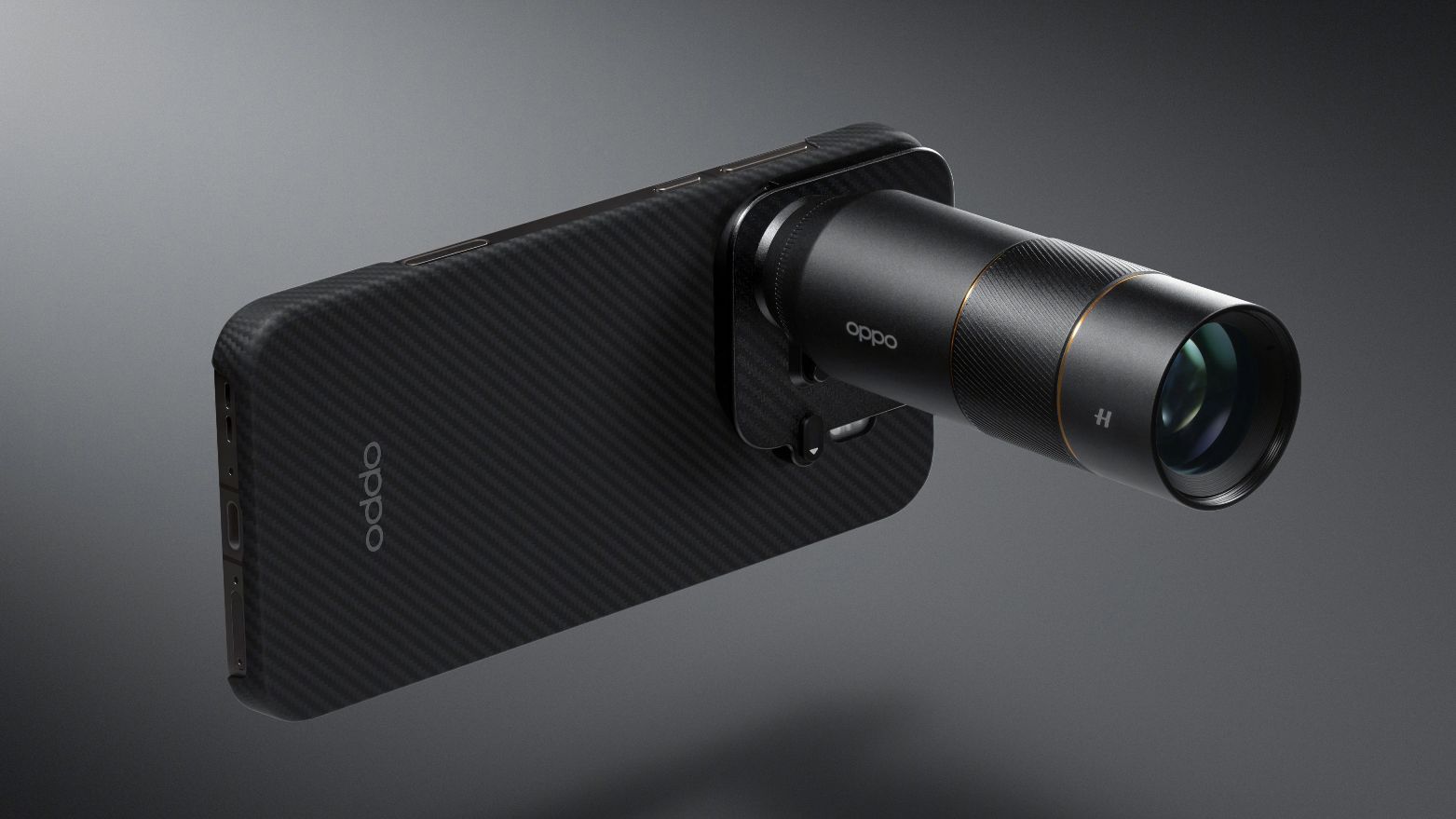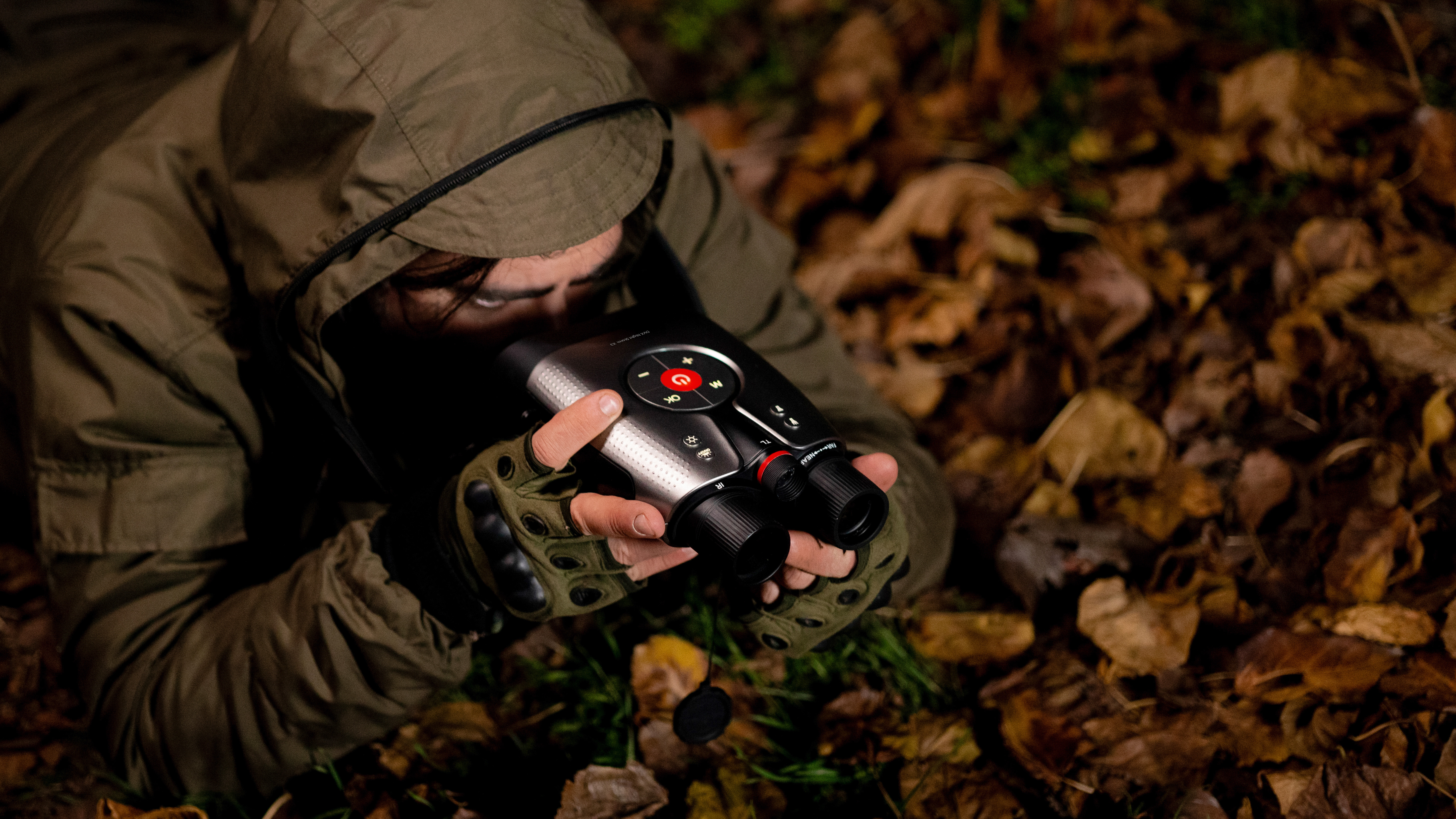Oppo and Hasselblad’s new Find X9 Series aims to bring pro-grade optics to your pocket
The Find X9 Pro and X9 bring serious photography upgrades – including a 200MP telephoto, cinematic video, and even a Hasselblad teleconverter
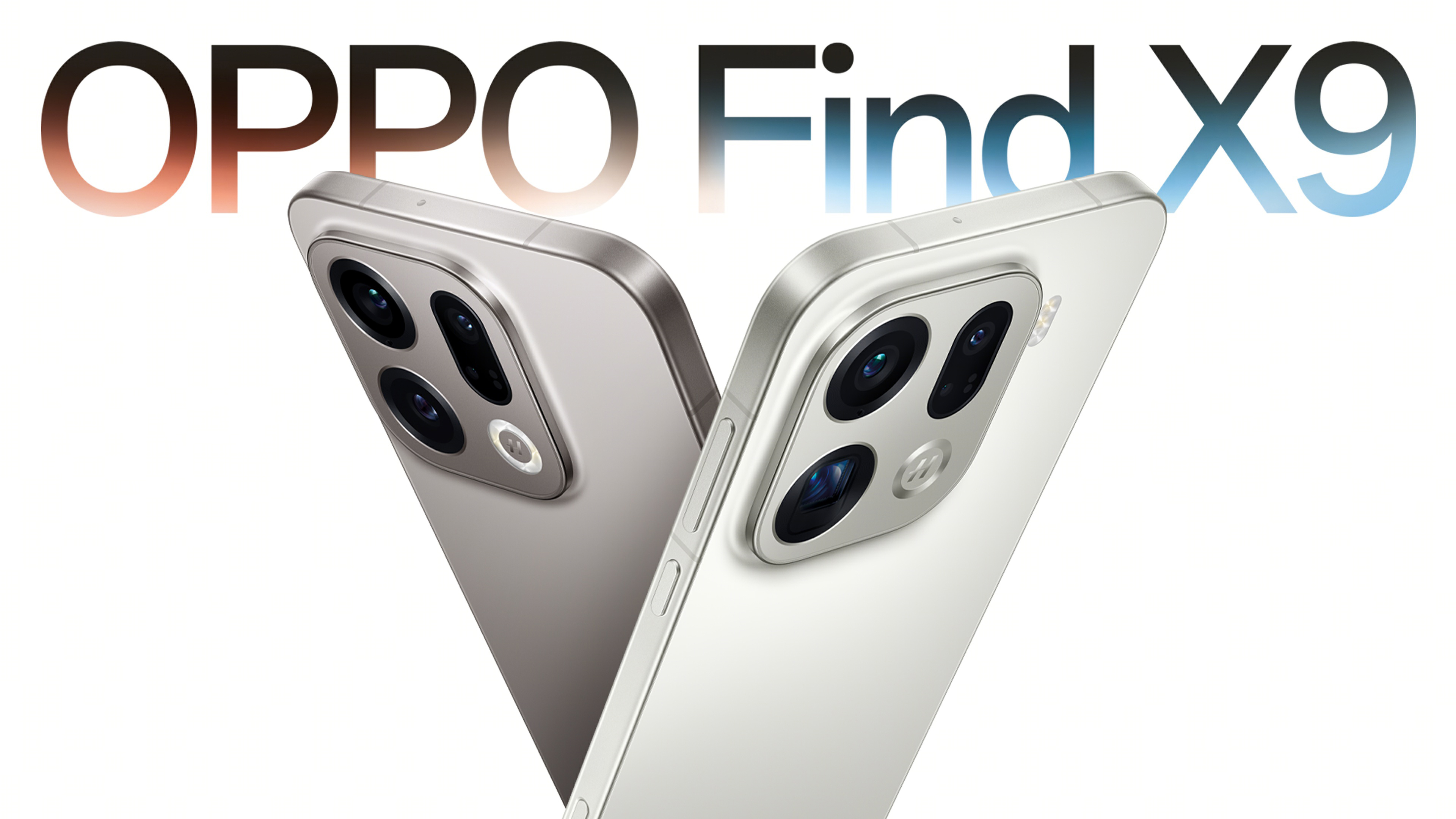
After weeks of teasers and slow reveals, Oppo has finally unveiled the global versions of its latest flagship smartphones – the Oppo Find X9 Pro and Oppo Find X9.
This is the next generation of the well-reviewed Find X8 Pro and Find X8 Ultra, the latter of which I called “the new king of phone photography”.
The X9 Series continues a strong emphasis on imaging performance, both models debut new Hasselblad-tuned camera systems, enhanced computational photography, and professional video features – alongside an optional new Hasselblad teleconverter accessory.
Camera Specs
The Find X9 Pro introduces a brand new 200-megapixel telephoto camera, co-developed with Hasselblad, with a 3x optical zoom, but up to 13.2x lossless zoom by utilizing pixel binning techniques with all two hundred of those megapixels. The zoom can also extend all the way up to 120x using some AI-assistance. The sensor is Samsung’s 1/1.56-inch ISOCELL HP5 sensor with an f/2.1 aperture and optical image stabilization, which looks to be a more megapixel-packed version of the sensor found in the Find X8 Ultra.
The telephoto lens design also includes floating focus elements that enable macro photography at distances as close as 10cm. And in “Hi-Res” mode, you can capture full 200MP stills – although at the cost of some hefty file sizes and limited compatibility.
In the X9 Pro, the telephoto lens is joined by a 50MP Sony LYT-828 main camera (1/1.28-inch, f/1.5, OIS) and a 50MP 15mm ultra-wide Samsung JN5 sensor (f/2.0, autofocus). The X9 also features the dedicated True Color camera that debuted in the X8 Ultra, which uses an 8-channel spectral sensor that measures color temperature variations across a frame for improved color accuracy.
Meanwhile, the standard Find X9 features a 50MP Sony LYT-808 main camera (1/1.4-inch, f/1.6, OIS), a 50MP LYT-600 periscope telephoto (1/1.95-inch, f/2.6, OIS), and the same 50MP ultra-wide and True Color sensor.
The best camera deals, reviews, product advice, and unmissable photography news, direct to your inbox!
With Hasselblad still very much involved in both phones, they include the Hasselblad Master Camera modes, including XPAN panoramic shooting, adjustable portrait focal lengths, and manual control in Master Mode for RAW and high-resolution JPEG files.
The Find X9 series introduces “Ultra-Clear 50 MP Default” capture, allowing the phones to save full-resolution 50MP stills by default, rather than the typical down-sampled outcome, although the phones will adjust their resolution depending on the lighting conditions for the best image quality possible. Motion photos have also got an upgrade, and the X9s can record motion (or live) photos in 4K for the first time.
For video, both models support 4K recording at up to 120fps in Dolby Vision HDR. A Pro Video mode offers LOG capture with ACES-certified color management for post-production workflows. Stabilization, autofocus, and exposure transitions have been refined to ensure smoother operation when switching lenses.
Hasselblad teleconverter
In a first for Oppo, the X9 Pro is being released alongside an optional new Hasselblad teleconverter lens that attaches to the rear of the phone using a bespoke phone case. This mirrors a trend seen in ultra phone models this year, with the Vivo X200 Ultra and X300 Pro leading the charge – although there have been plenty of third-party alternatives floating around for years.
But combined with the Oppo X9 Pro’s 200MP telephoto camera, the lens can increase the focal length to 230mm, or up to a lossless 920mm, which makes it an incredibly powerful addition for wildlife, sports, or concert photography.
Other Specs
The Find X9 Pro features a 6.78-inch AMOLED LTPO display with a 2772x1272 resolution, and 1.15mm uniform bezels around all four sides. It supports HDR10+, Dolby Vision, and HDR Vivid, with 2160 Hz PWM dimming for reduced eye-strain. Meanwhile, the Find X9 uses a slightly smaller 6.59-inch AMOLED panel, with a 2760x1256 resolution. Both models have a peak brightness of 3,600 nits and use faster 3D ultrasonic fingerprint scanners.
Battery life has got a significant upgrade. The Find X9 Pro has a 7,500mAh battery, while the Find X9 fits 7,025mAh. Both use Oppo’s third-generation silicon-carbon battery technology, rated to retain 80% of capacity after five years of regular use. Charging options include 80W SUPERVOOC wired, 50W AIRVOOC wireless, and 10W reverse wireless charging.

Both phones should also be durable, with IP66, IP68, and IP69 ratings protecting against dust, immersion, and high-pressure water jets. The Pro model measures 8.25 mm thick, while the standard version comes in at 7.99 mm.
Both handsets are powered by MediaTek’s Dimensity 9500 processor and ship with ColorOS 16 based on Android 16. Hardware changes see a new Snap Key on the side frame that can be customized for functions such as launching the camera or taking screenshots to be stored in Oppo’s AI-organizer called “Mind Space”. The Pro model also adds a Quick Button for faster shooting and camera zoom control.
You might also like...
Check out more of the best Android phones for photography and the best camera phones

Gareth is a photographer based in London, working as a freelance photographer and videographer for the past several years, having the privilege to shoot for some household names. With work focusing on fashion, portrait and lifestyle content creation, he has developed a range of skills covering everything from editorial shoots to social media videos. Outside of work, he has a personal passion for travel and nature photography, with a devotion to sustainability and environmental causes.
You must confirm your public display name before commenting
Please logout and then login again, you will then be prompted to enter your display name.
